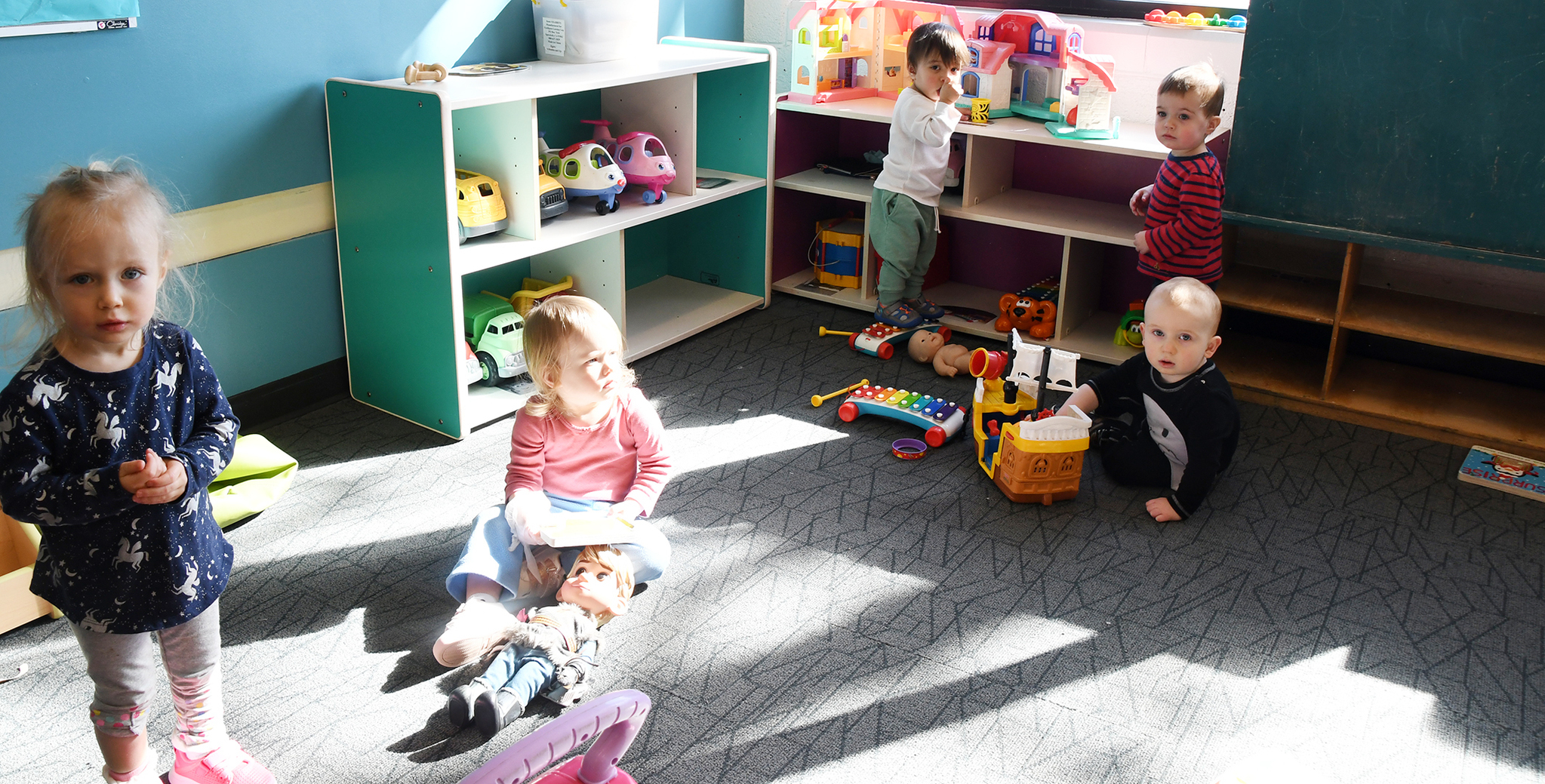
HighScope Curriculum for All
We use HighScope Curriculum®
Berkley Building Blocks follows the HighScope Curriculum® which emphasizes adult-child interaction, a carefully designed learning environment, and a plan-do-review process that strengthens initiative and self-reliance in children and young people. Teacher and students are active partners in shaping the educational experience.
- All Berkley Building Blocks classrooms, tuition and grant-based of all ages, follow the HighScope Curriculum®.
- Students learn about their environment and acquire social skills through organic discovery during self-directed play.
- Observation and self exploration during play allows our students to learn how to learn and prepares them for elementary school and beyond.
The HighScope Difference: Active Participatory Learning
Children and adults learn best through hands-on experiences with people, materials, events, and ideas. That principle is the basis of HighScope’s approach to teaching and learning. A range of specially designed programs, the HighScope Curriculum® includes components for:
- Infant-toddler care and education
- Preschool education
- Early literacy
- Movement and music
Proven research-based strategies for learning, the HighScope Curriculum® emphasizes adult-child interaction, a carefully designed learning environment, and a plan-do-review process that strengthens initiative and self-reliance in children and young people. Teachers and students are active partners in shaping the educational experience.
HighScope Daily Routine
Our programs are carefully planned to meet the needs of the children. Each Childcare classroom will include physical, cognitive (including math and science), language, literacy, communication, interpersonal skills and relationships, creative arts, dramatic play and construction according to the interest of the child(ren). These components of our daily routine provide a consistent, balanced experience for your child.
Greeting Time (15-20 minutes)
Greeting time provides a smooth transition from home to school. Teachers greet children, connect with parents, and read books in a cozy setting. The message board gives children and teachers a chance to share important information for the day. Parents often join us for this part of our day.
Large Group Time (10-15 minutes)
Children and teachers gather together to play games, tell and re-enact stories, sing songs, do finger plays, dance, play musical instruments or re-enact special events. This time is an opportunity for each child to participate in a large group, sharing ideas and learning from the ideas of others.
Planning Time (10 minutes)
In their small groups, children indicate what they choose to do during work time (typically what they will do first). Their teacher will try to understand children’s plans and often try to help children extend their plans.
Work Time (1 hour)
Children carry out their initial and subsequent plans. Children can work with any of the materials in any of the interest areas. Teachers observe children and look for opportunities to enter into children’s activities to encourage their thinking, extend their play, and help them wrestle with problem solving situations.
Cleanup (10 minutes)
Children and teachers together return materials and equipment to their storage spaces and, when appropriate, put away or find display space for their personal creations.
Recall Time (10 minutes)
Recall brings closure to the planning work time recall sequence. In their small group, children reflect on, talk about, and/or show what they have done at work time.
Snack (20 minutes)
Children and teachers share nutritious food and interesting conversation together in a relaxed, family style manner.
Small Group Time (15-20 minutes)
Each teacher meets with their consistent small group of children to work with materials planned and introduced by the teacher. Although the teacher chooses and introduces the materials, each child has control over what he/she will do with them.
Outside Time (45 minutes)
Children engage in vigorous, noisy outdoor play. Teachers participate in, and support, children’s play outdoors.






